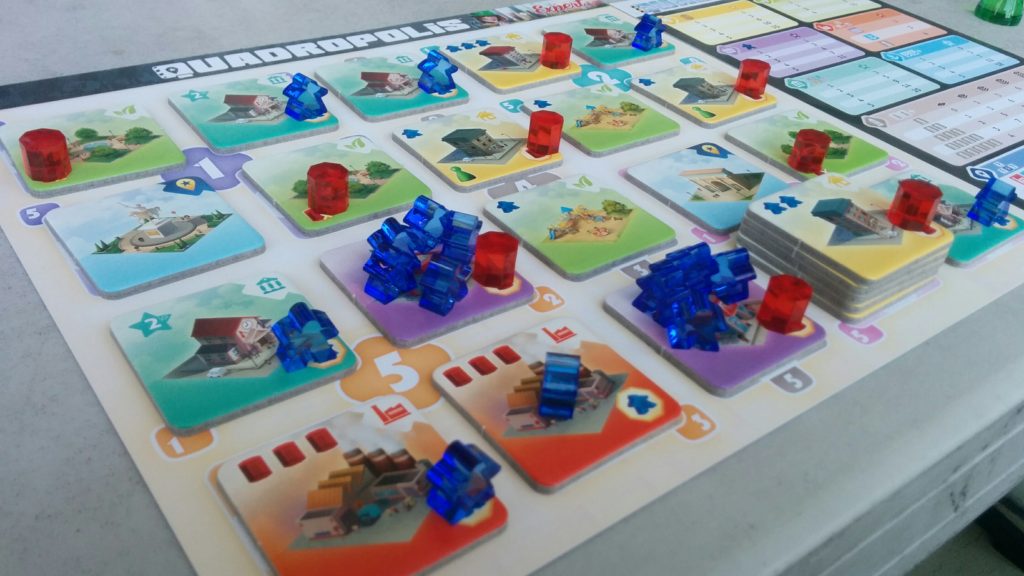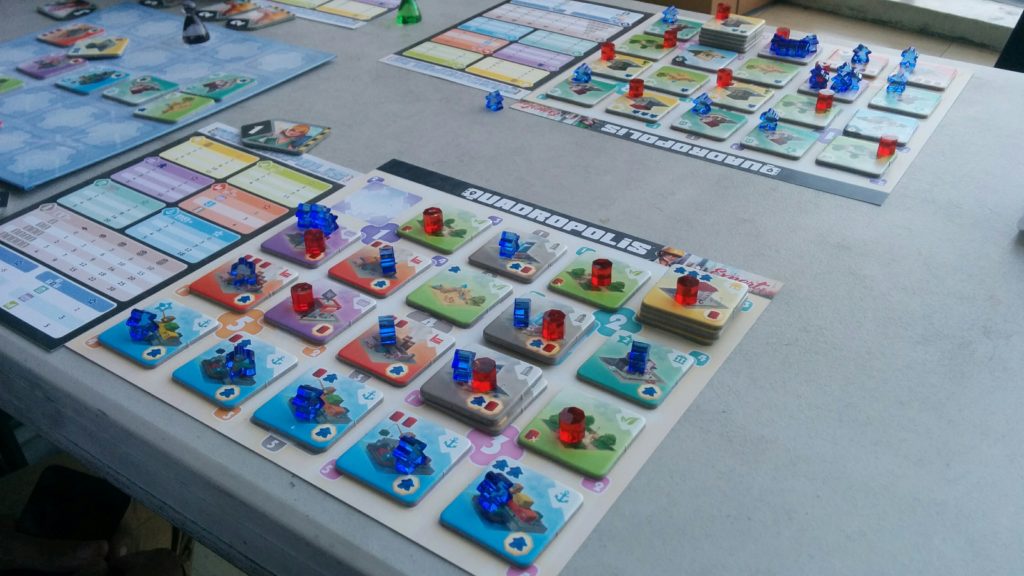Unboxing the Euro-Awesomeness of QUADROPOLIS
The game deemed as one of Days of Wonder's biggest releases of the year is finally here and, today, we're going to do a quick unboxing of QUADROPOLIS!
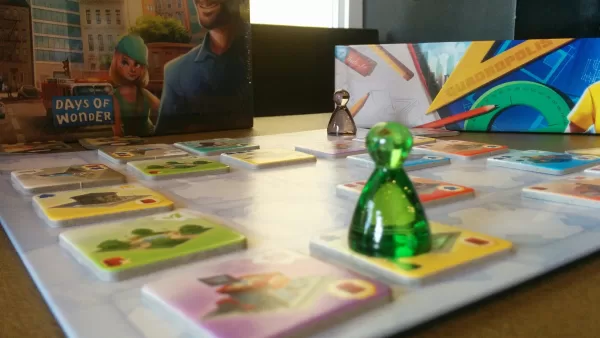
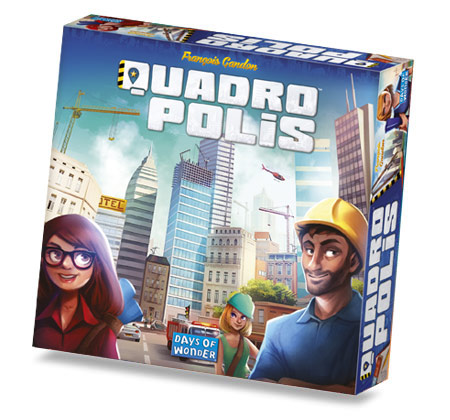
Back at around February of this year, we gave you a heads-up that this game was on its way to your shelves soon and how it played like. Today, the wait is OVER! The game deemed as one of Days of Wonder‘s biggest releases of the year is finally here and, today, we’re going to do a quick unboxing of QUADROPOLIS!
Just a few disclaimers: First, I won’t be discussing the rules of the game in-depth but I will mention them from time to time. If you want to take a look for yourself, you can go HERE to read the Game Rulebook.
Second, we’d like to thank Gaming Library, the Official Distributor of Days of Wonder, here in the Philippines, for this review copy! If you’d like to get a copy for yourself (and you live in the PH), you can CLICK HERE TO GET ONE NOW. They have limited stocks currently available so you better hurry! But even if you don’t make it, you can place your order and get dibs as more stocks are coming in a few weeks. 🙂
With that said, let’s take a look at the components:
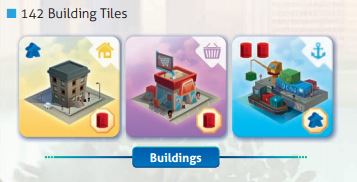
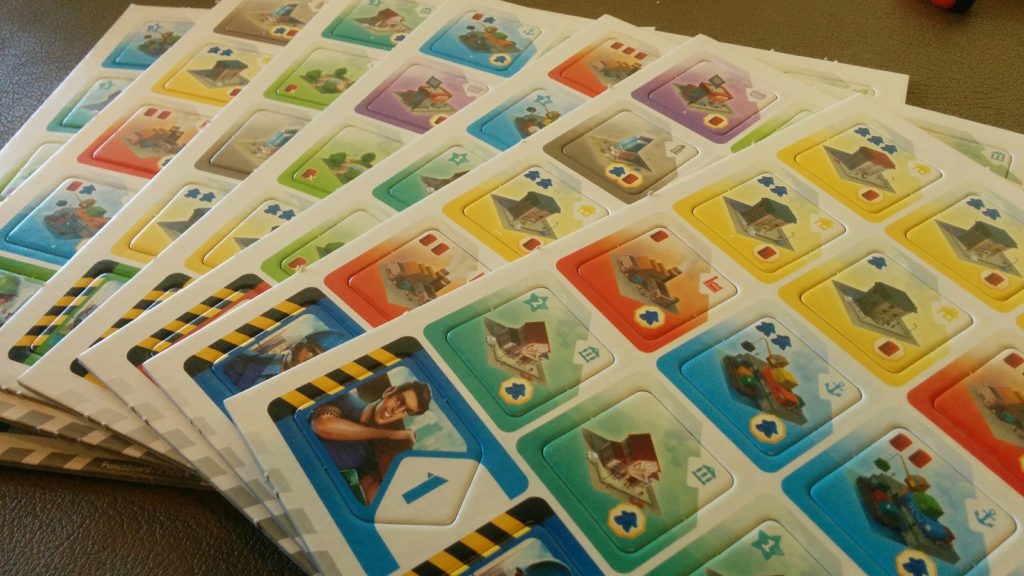
Ahh… therapeutic tile punching 🙂
Those are the various tiles that the game has. The game has 2 types of tiles: Architects and Buildings. Building tiles show you the various kinds of structures you can add to your city while Architects tiles allow you to gain a building tile as well as determine where in your city the tile can be placed (we’ll get into Architects more later). Buildings are divided into 5 phases with each phase consisting of main tiles, classic tiles, and expert tiles. Depending on the type of game you’re playing (Classic or Expert), you either take the classic or expert tiles and mix them in with the main tiles to create your Construction Site AKA the place where you get your buildings from. Buildings have 8 types: Tower Blocks, Shops, Public Services, Parks, Factories, Harbors, Monuments, and Office Towers. Each of these building types have their own way of scoring so it’s up to you to find a strategy that will work for you.
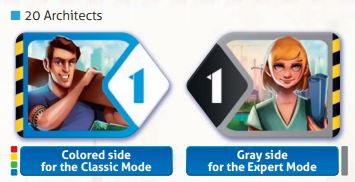

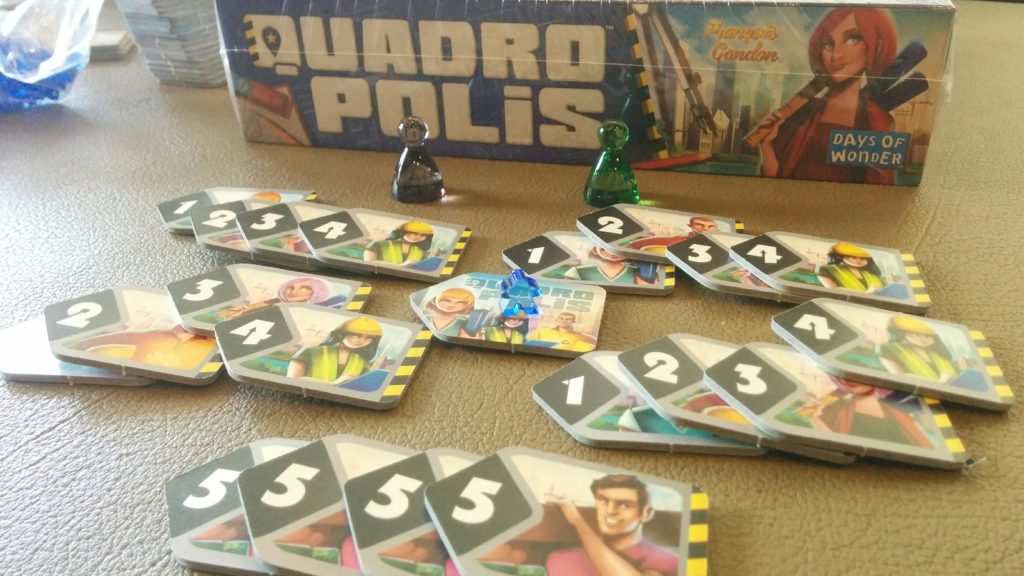
Next, let’s look at the Architect tiles. So if you’ll notice, they are back-to-back tiles. The colored ones are used for Classic Mode where each player receives all numbered architects (1-4) of a single color. Flip these tiles and you get the black and gray Architects for Expert Mode and you now include the Architect tiles with the number 5. The expert architects are placed in a common player pool and do not belong to a single player. That alone gives you a hint as to the added twist of playing Expert Mode.

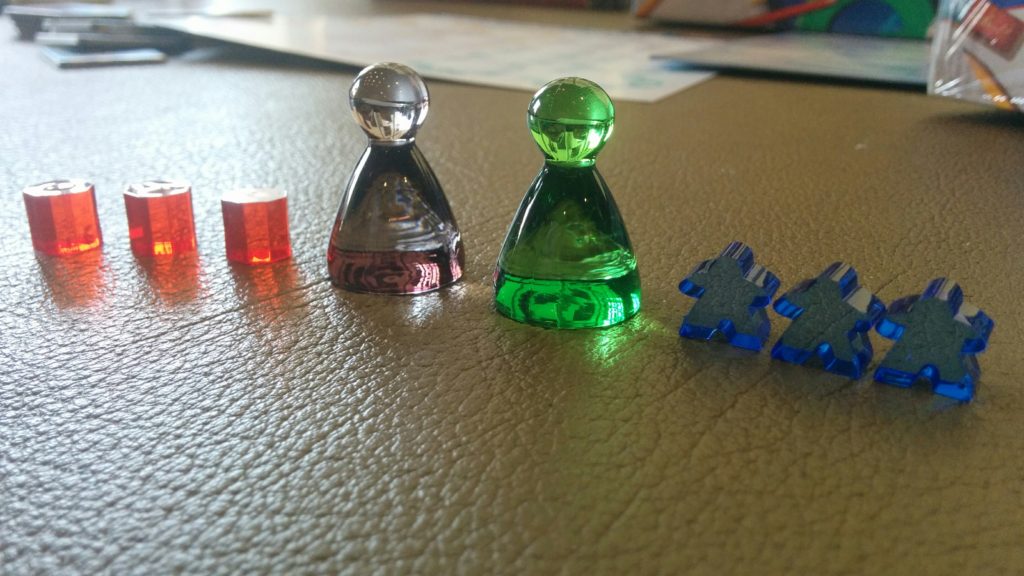
Okay, this is the part that blew me away. The Tokens and the Pawns. Because ZOMG, they look pretty! The tokens are definitely small but their designs makes them soooo picturesque. But okay, lemme give you some deets before I freak out over them. So there’s the Red Energy Unit Tokens. These things are produced by some building tiles upon acquiring them and are used to power some buildings for them to be activated (unactivated buildings will NOT score at the end of the game).
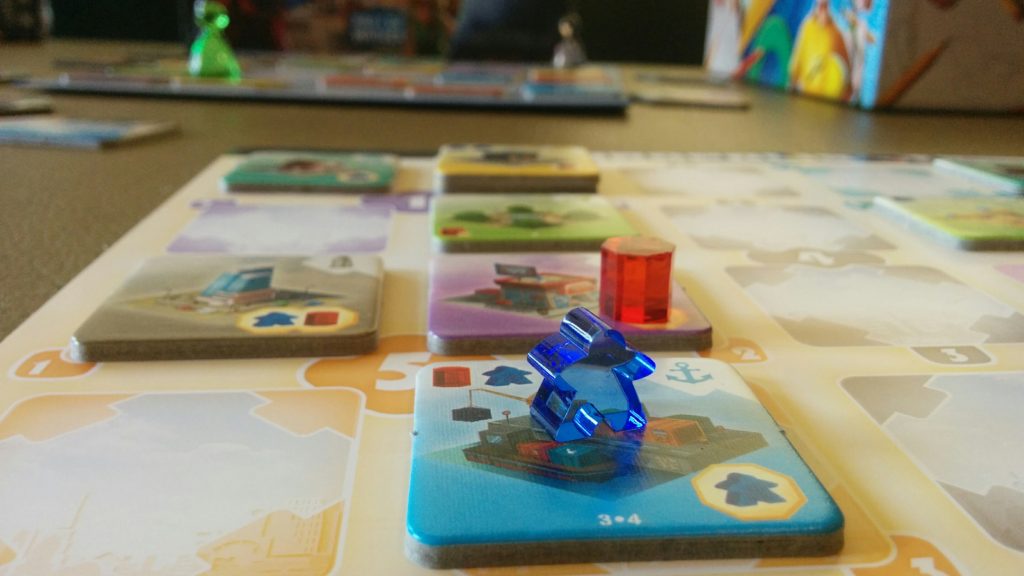
Then there’s the Blue Inhabitant Tokens. Just like Energy, they are produced by some buildings upon acquisition and activate some buildings for scoring purposes. As an added caveat, they also are used for scoring the Shop Buildings. One thing to note: ANY unallocated Energy or Inhabitant Tokens at the end of the game will be minus 1 Victory Point (VP) each.
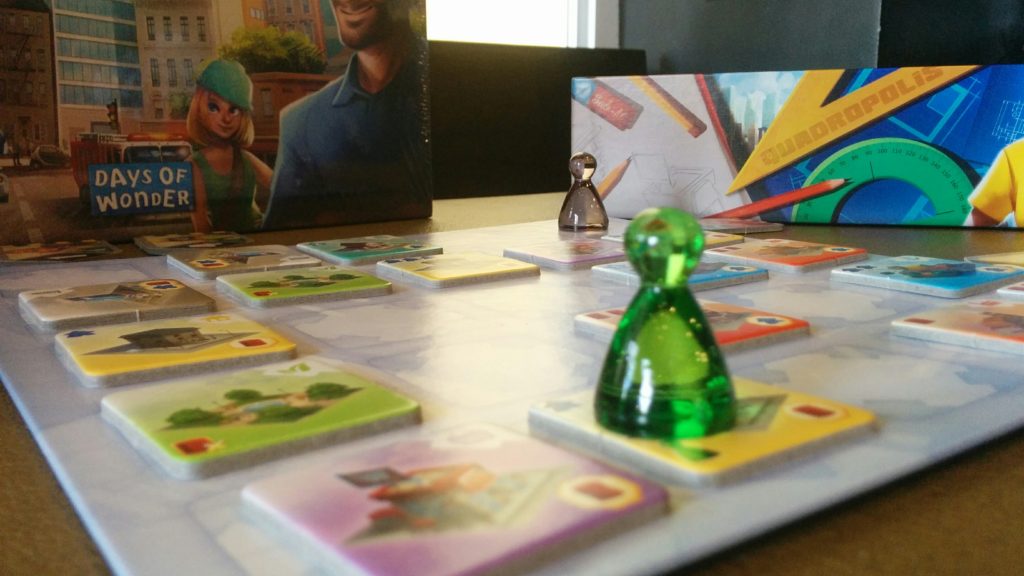
Then there are the Pawns. There is the Green Mayor Pawn which acts as the first player marker. The Mayor is placed on the Construction Site (on a specific tile) and the player that gets that building tile will be the next First Player until someone takes the pawn next game in the same way.
Then you have the Black Urbanist Pawn. The Urbanist is placed on the Construction Site space where a building was just taken from. Wherever the Urbanist is, no new Architect tile can point towards him. In short, you cannot put an Architect tile on the same column/row that the Urbanist is in.
Like I said, these tokens and pawns are just GORGEOUS! I could barely stop myself from taking pics during my games. 😀
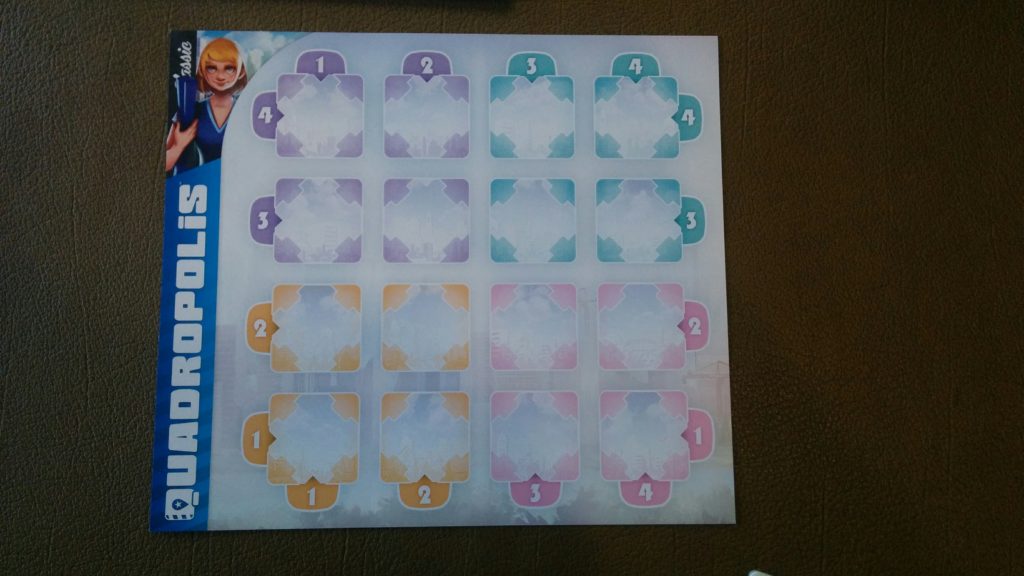
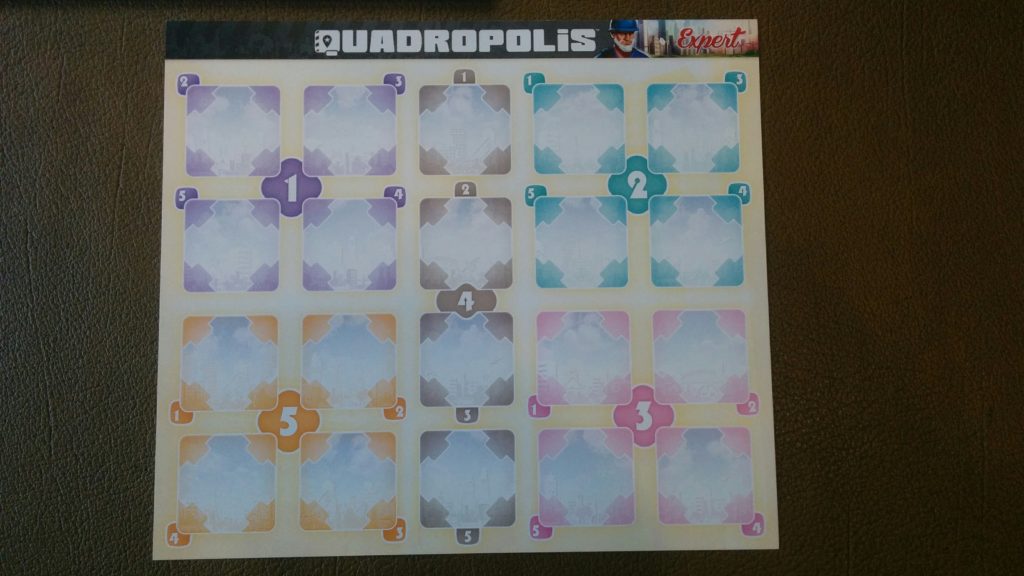
The game also has 4 double-sided Player Mats where you place your buildings. This basically is your city. One side will be for Classic Games and the other for Expert Games. I highly recommend that you try both game modes to see the stark gameplay difference between both modes.

You also have these cards called Helpers which is, basically, a guide to how you can score in a game (back-to-back for Classic and Expert Modes).
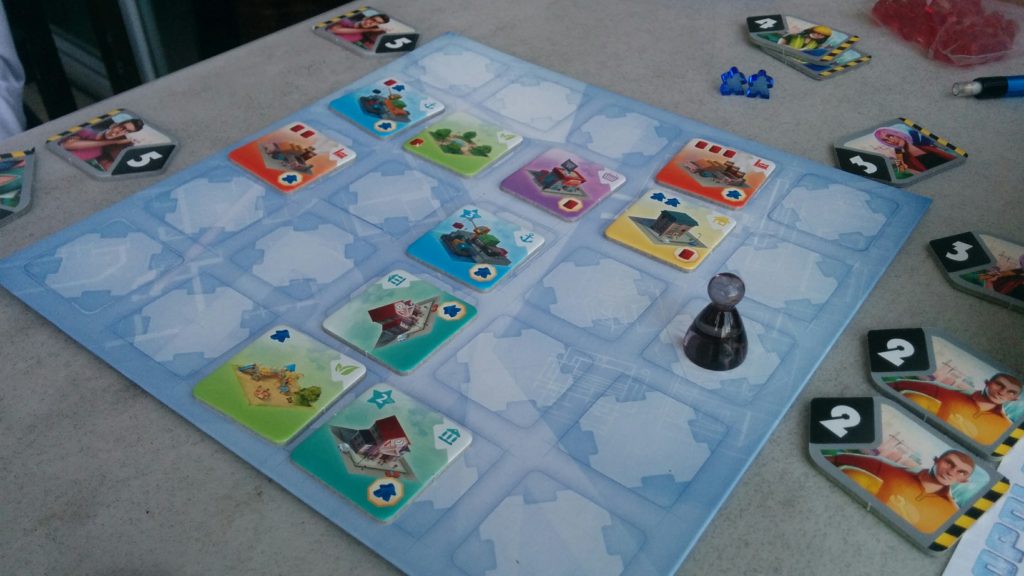
Last main component to note is the 25-square Construction Site Tile. This is basically where you get your Building Tiles for your city.
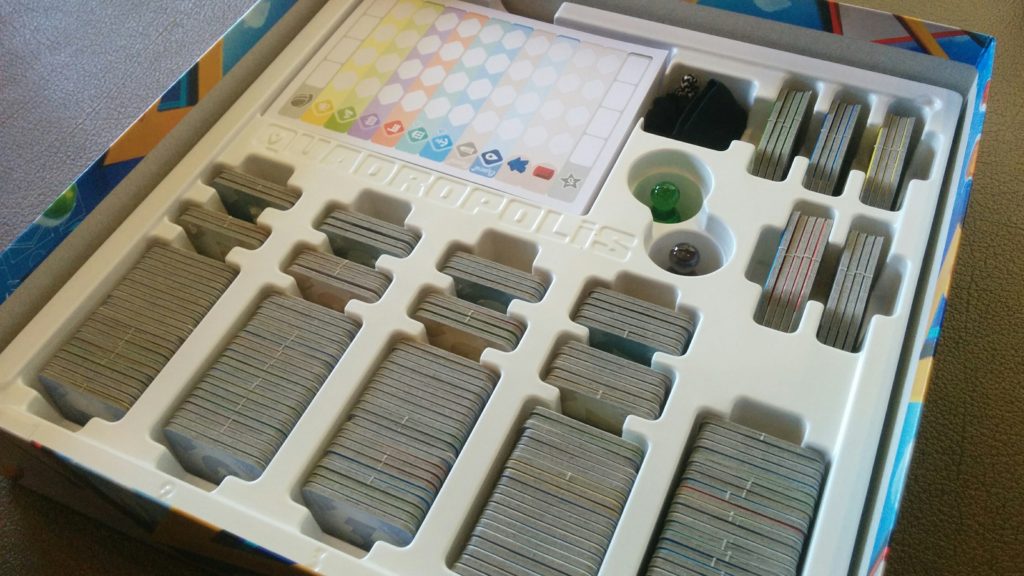
Wow… that just looks so neat and organized! @_@
One last thing that I felt is worth mentioning is the BOX CONTROL! The components neatly fit and are compartmentalized inside the box. I was actually blown away by how efficient and gameplay-friendly the box control was. There’s a place for the pawns and the architects. The Inhabitants and Energy tokens go under the rulebook. Lastly, which is the best part for me, the building tiles are divided according to phase (1-5). The 2 subsections above each phase separates the Classic and Expert building tiles which makes it so easy to use in between a game. Awesome work, Days of Wonder!
As I’ve repeatedly mentioned, the game is just simply PRETTY. Gameplay-wise, I love it! Even though I’m not a heavy Euro player (I usually prefer games that are heavy on the thematic), this was definitely a game that tickled my fancy as it featured an easy-to-learn mechanic but still opened the game to various win strategies.
Hope you enjoyed this little unboxing as much as we did! Got some thoughts on the game? Hit us up on the comments! We’d love to hear what you think. For now, I leave you with some last gameplay pics of Quadropolis. Till next time, guys! Keep on gaming!
